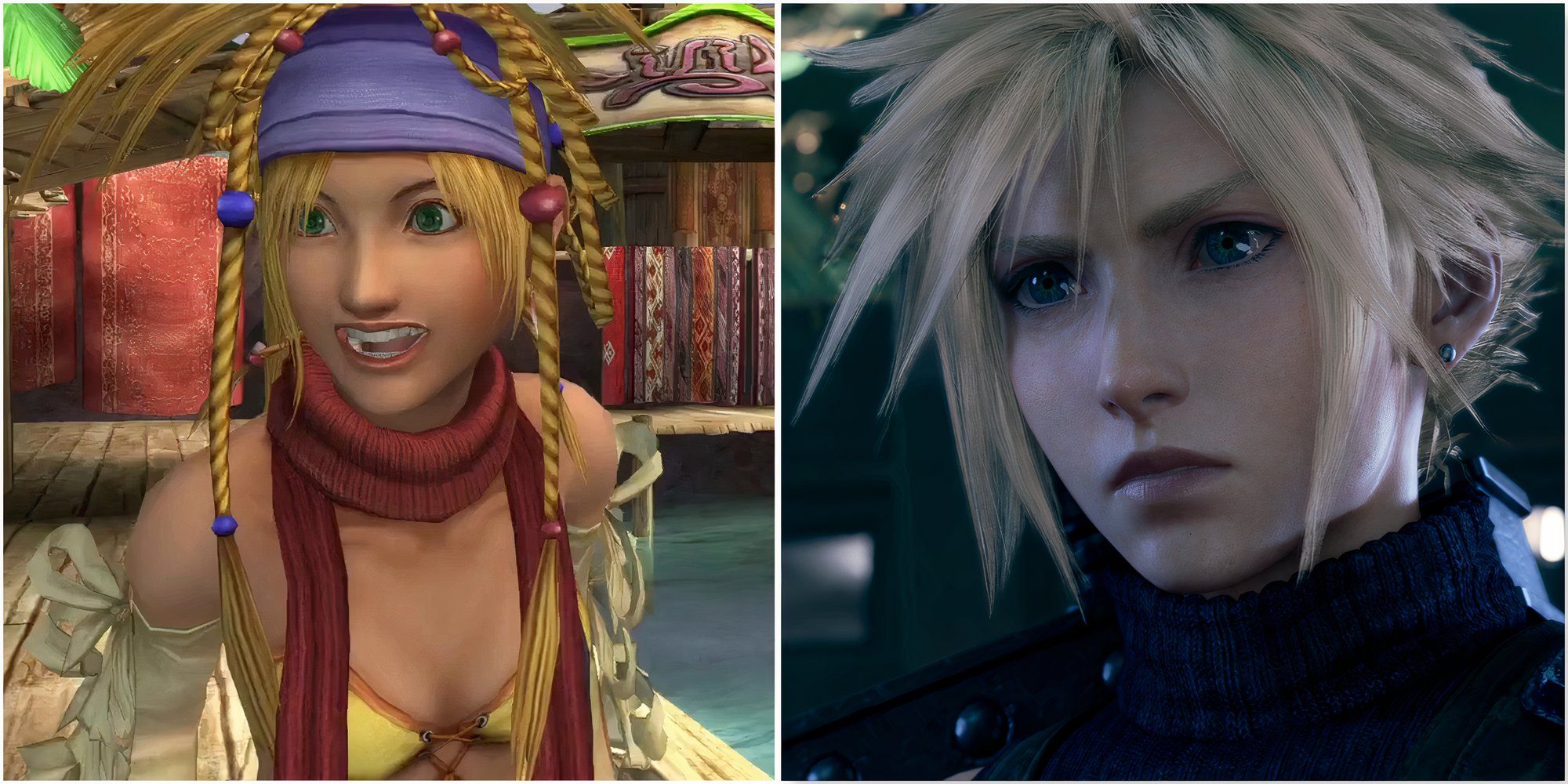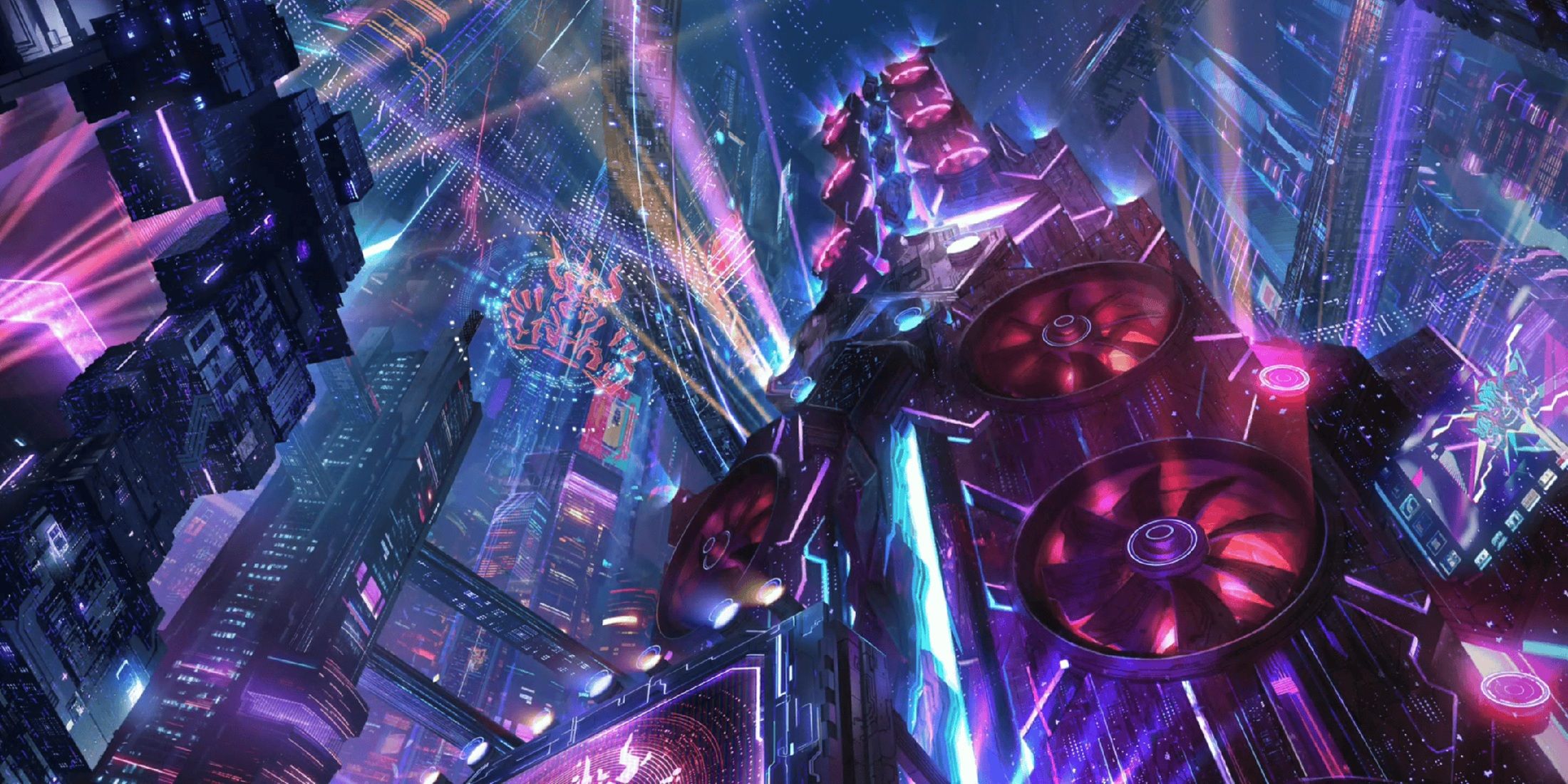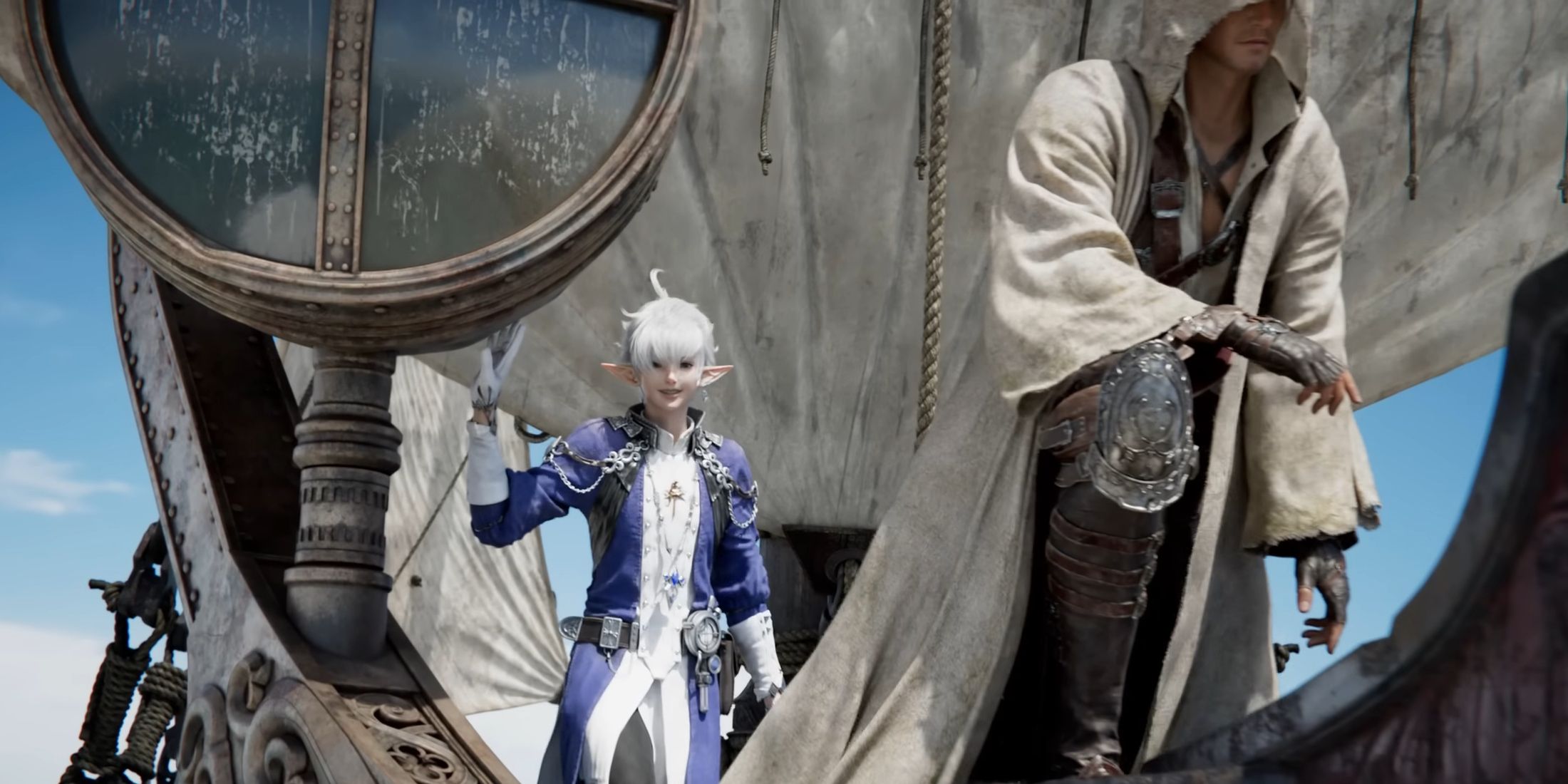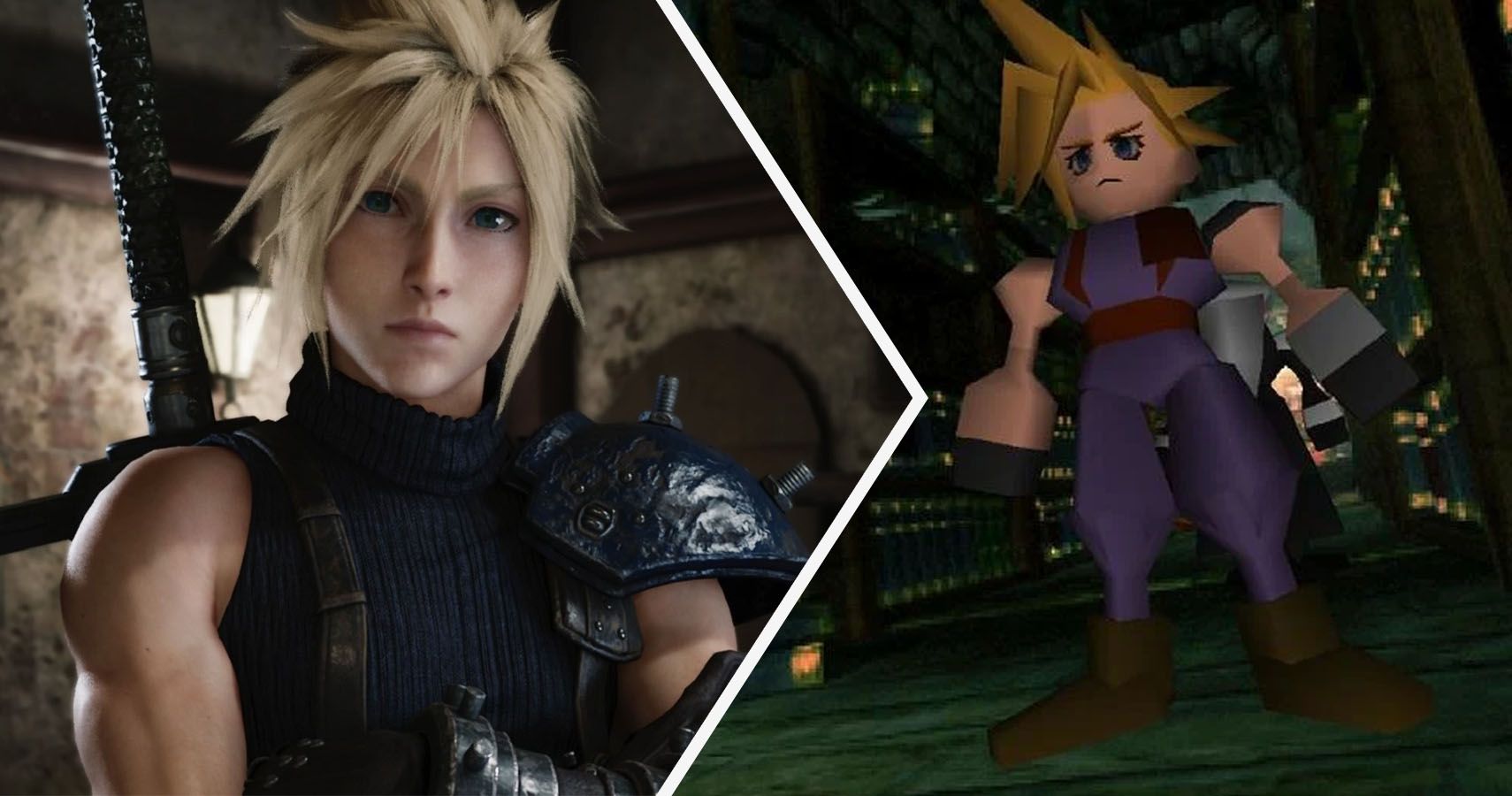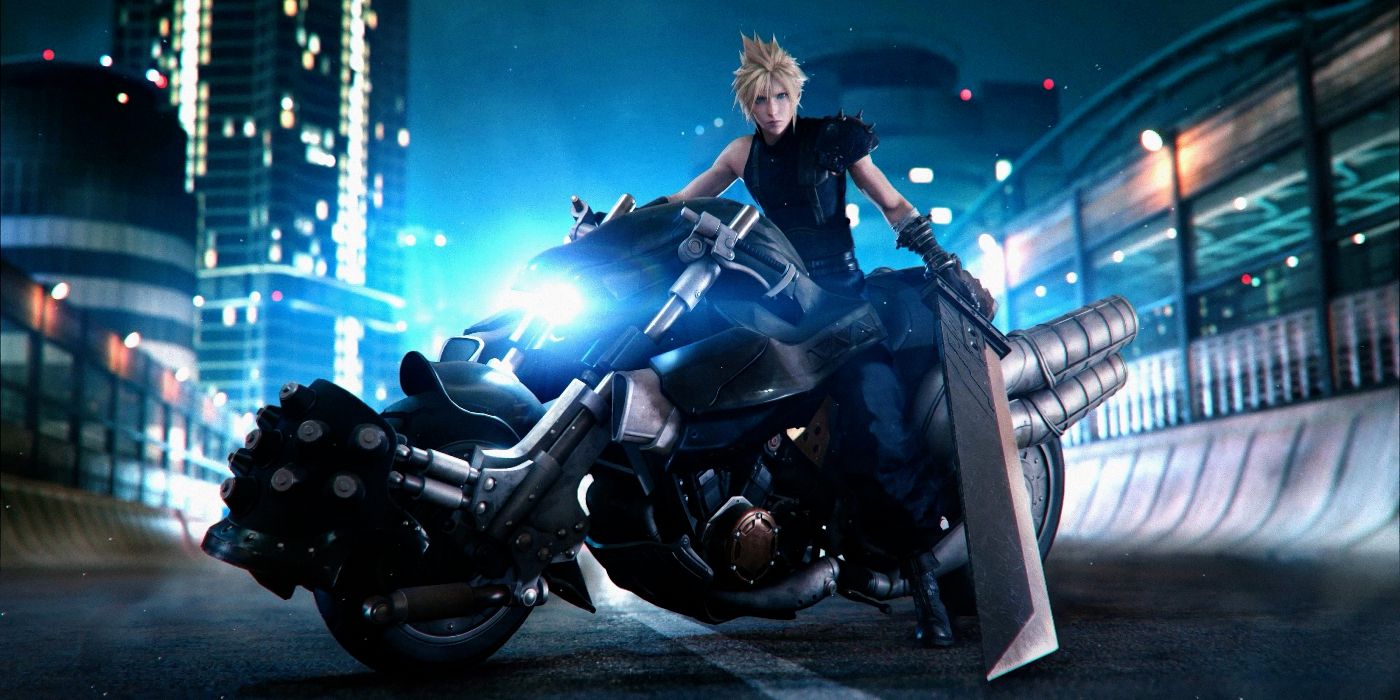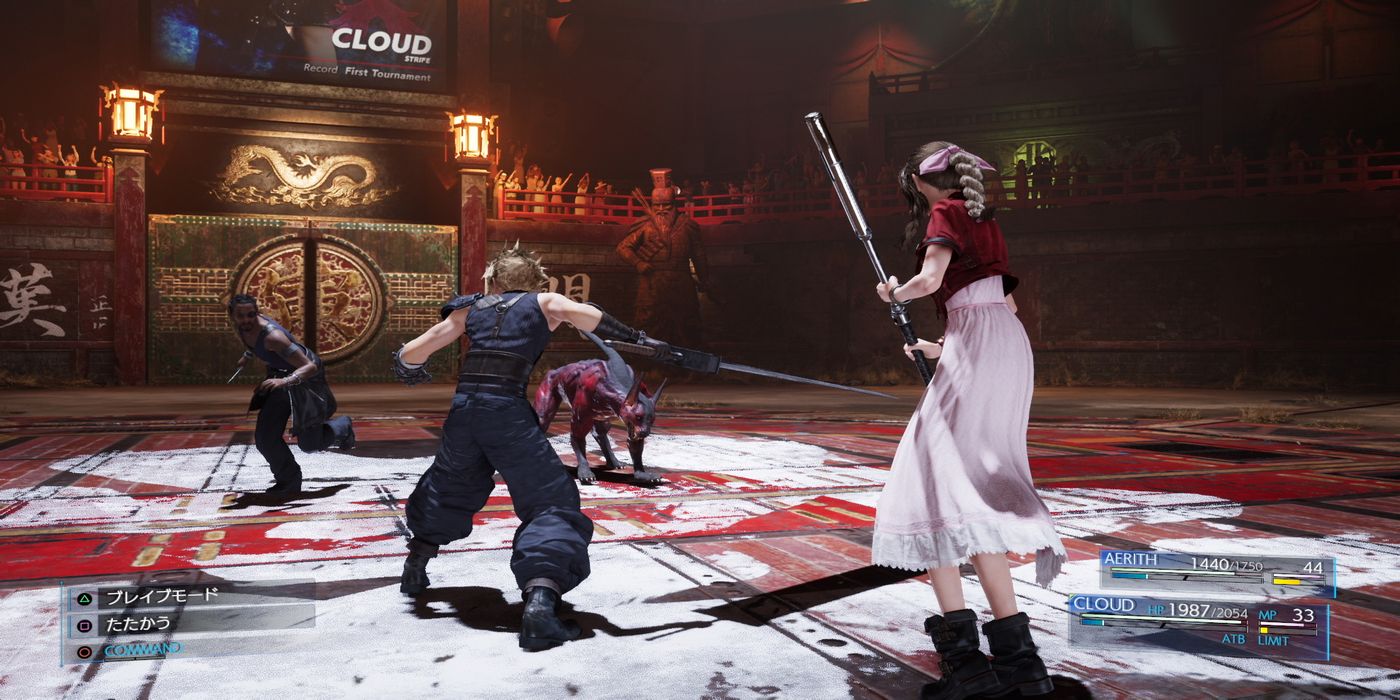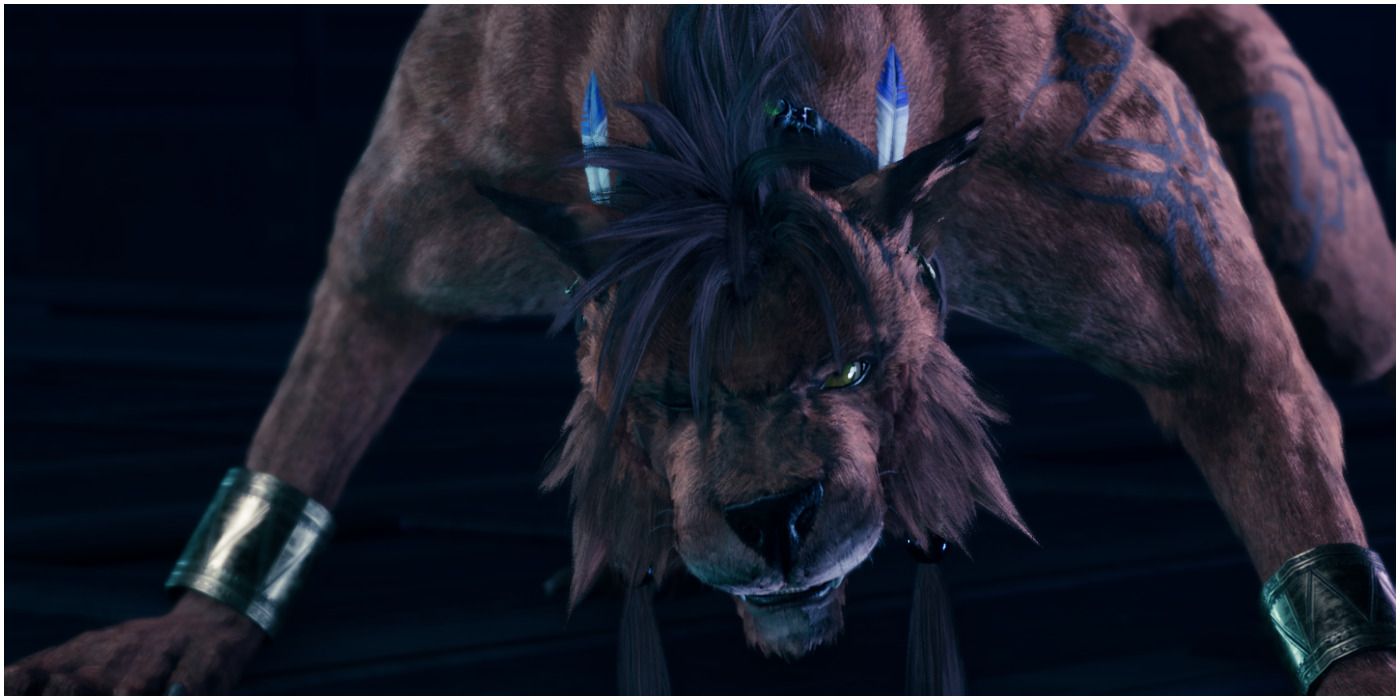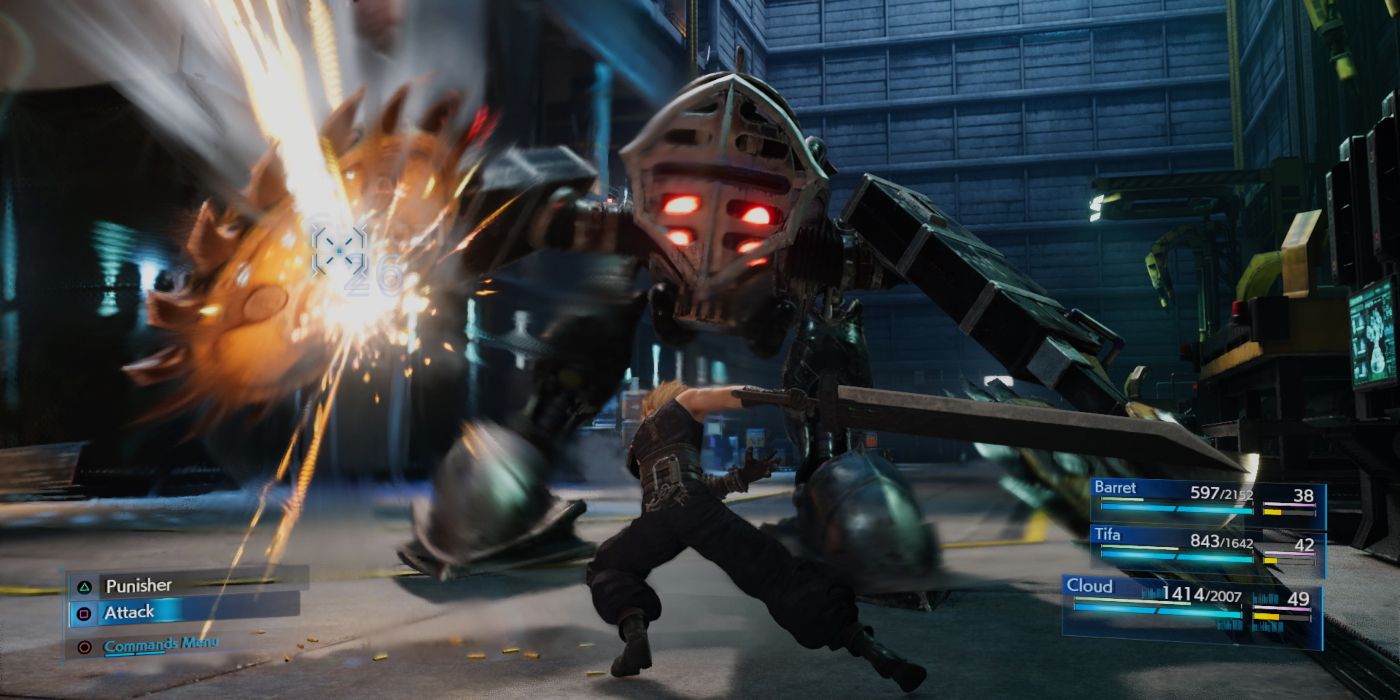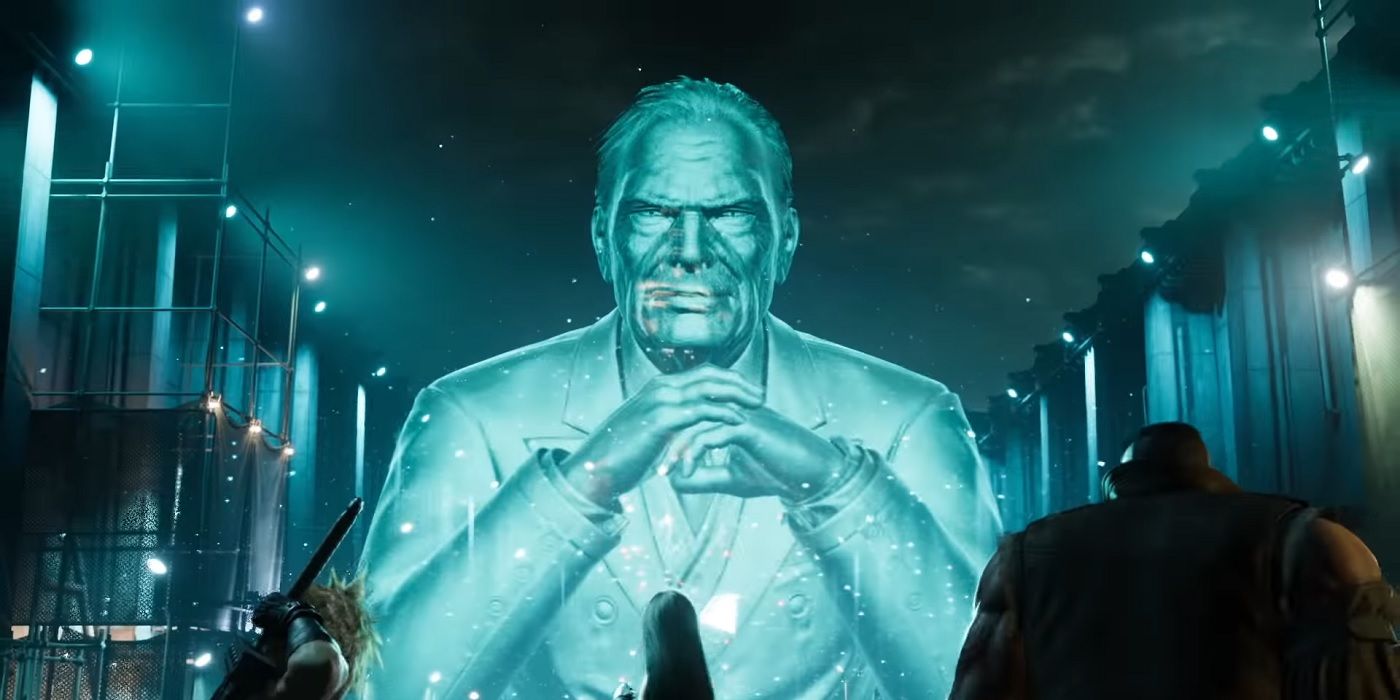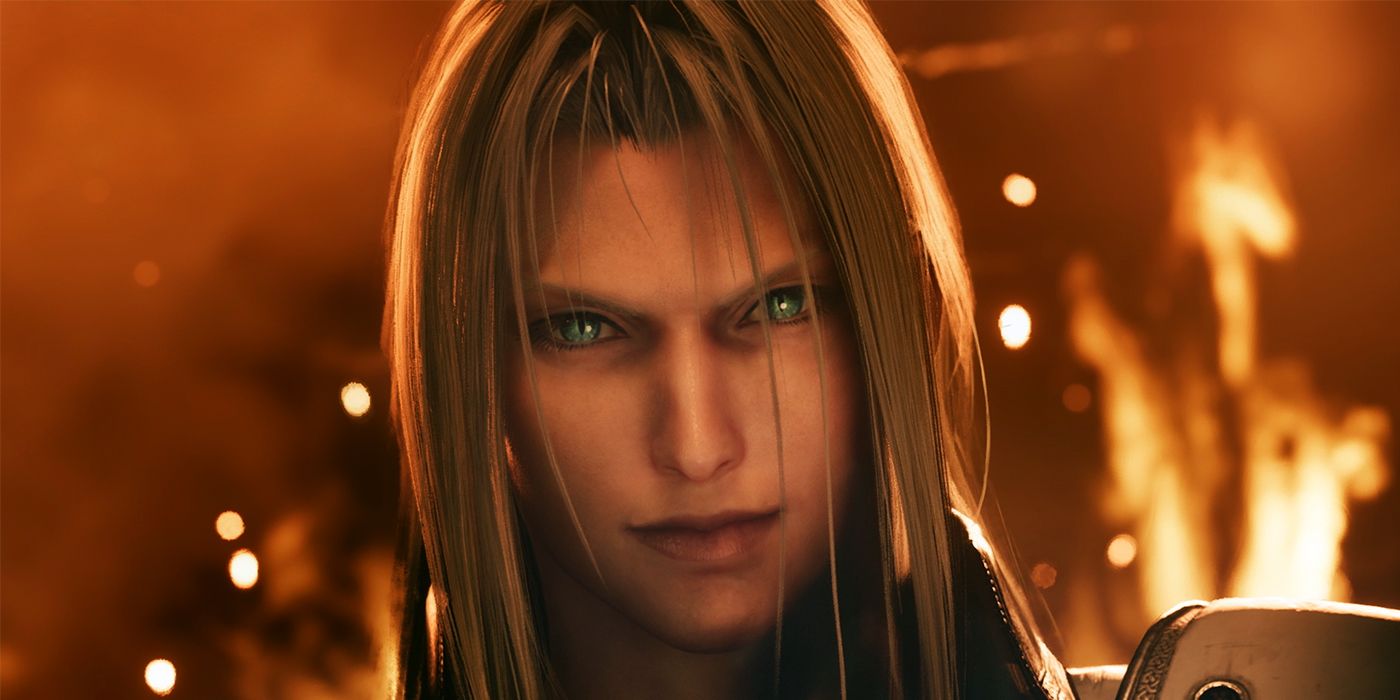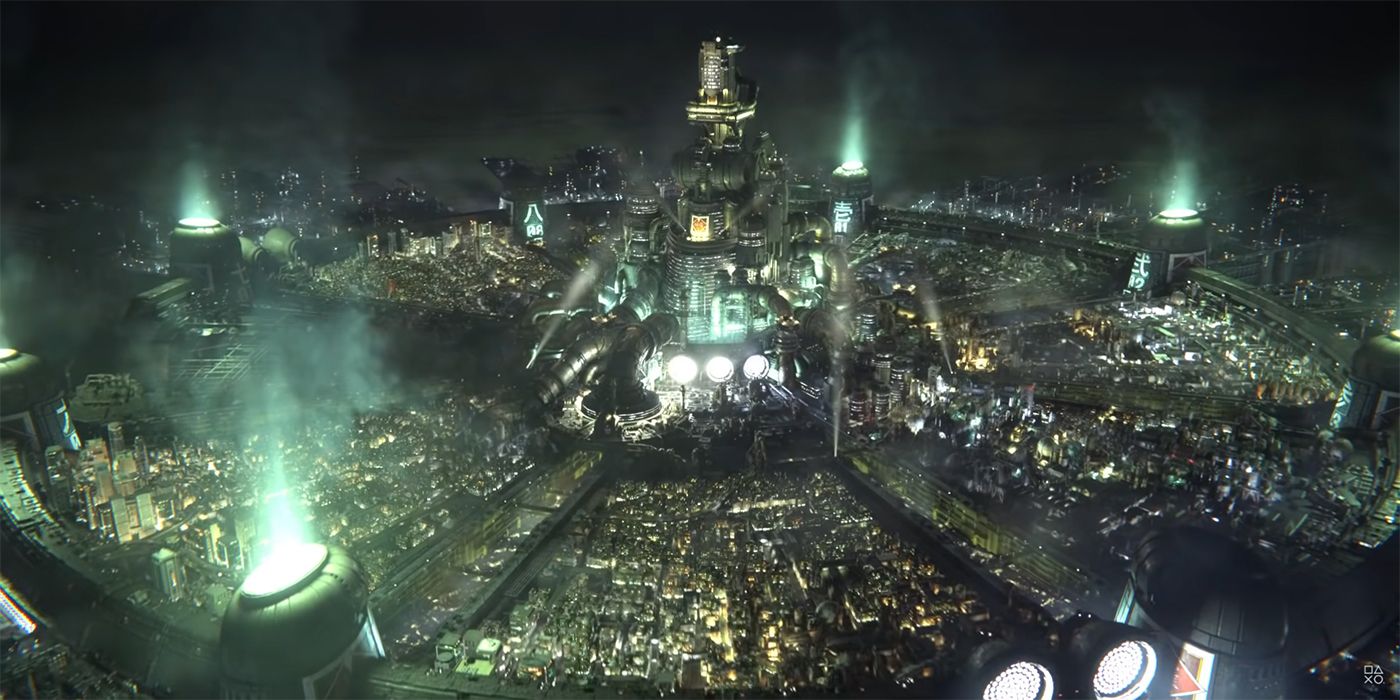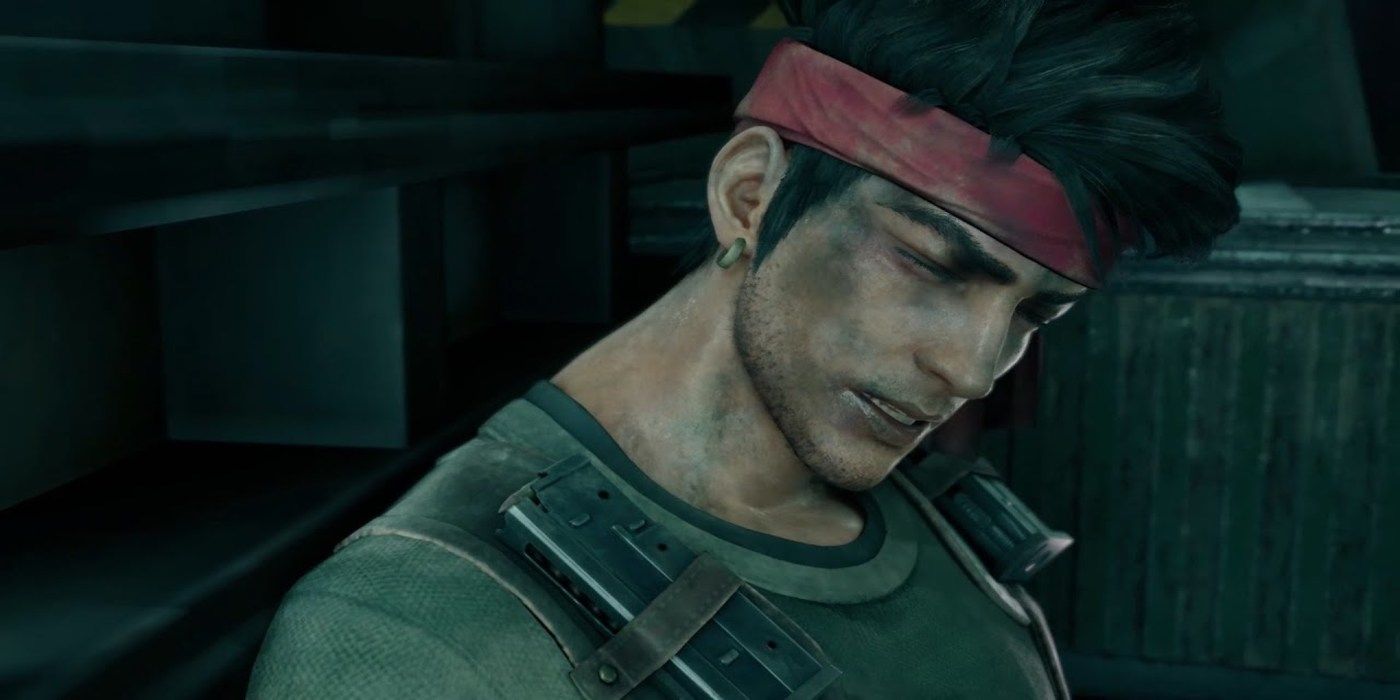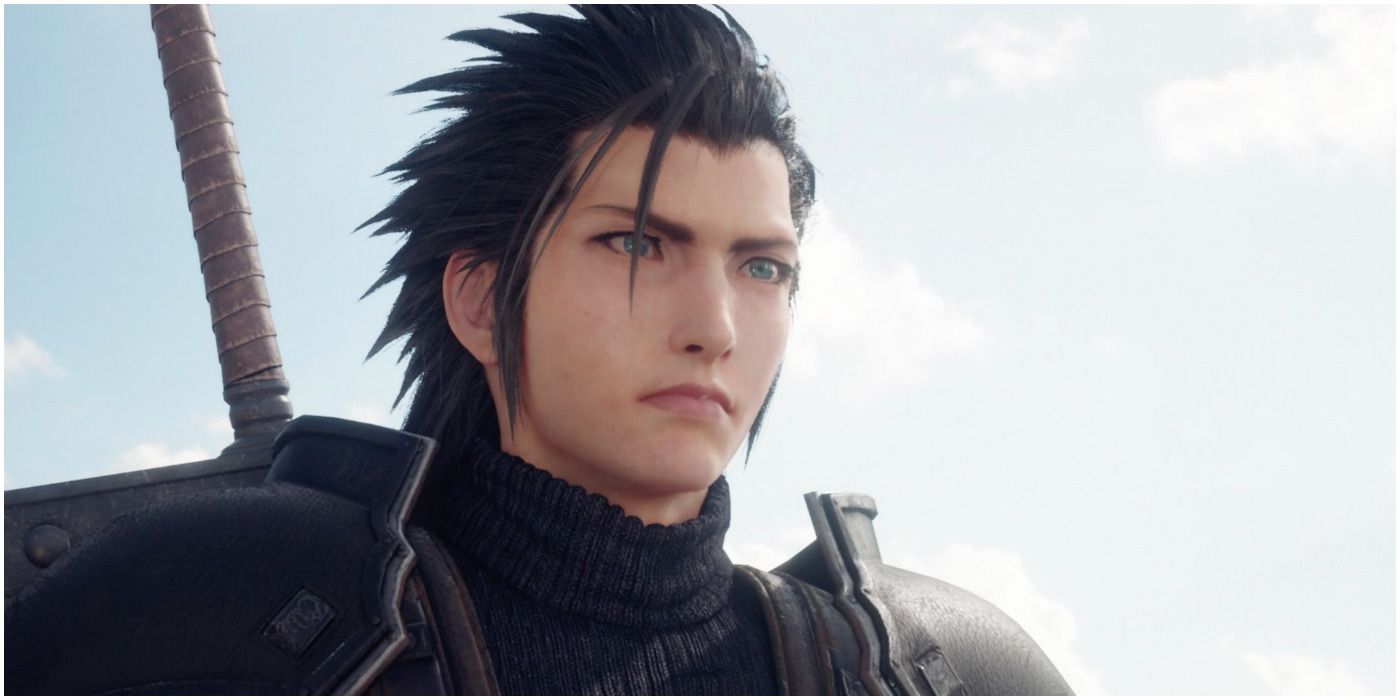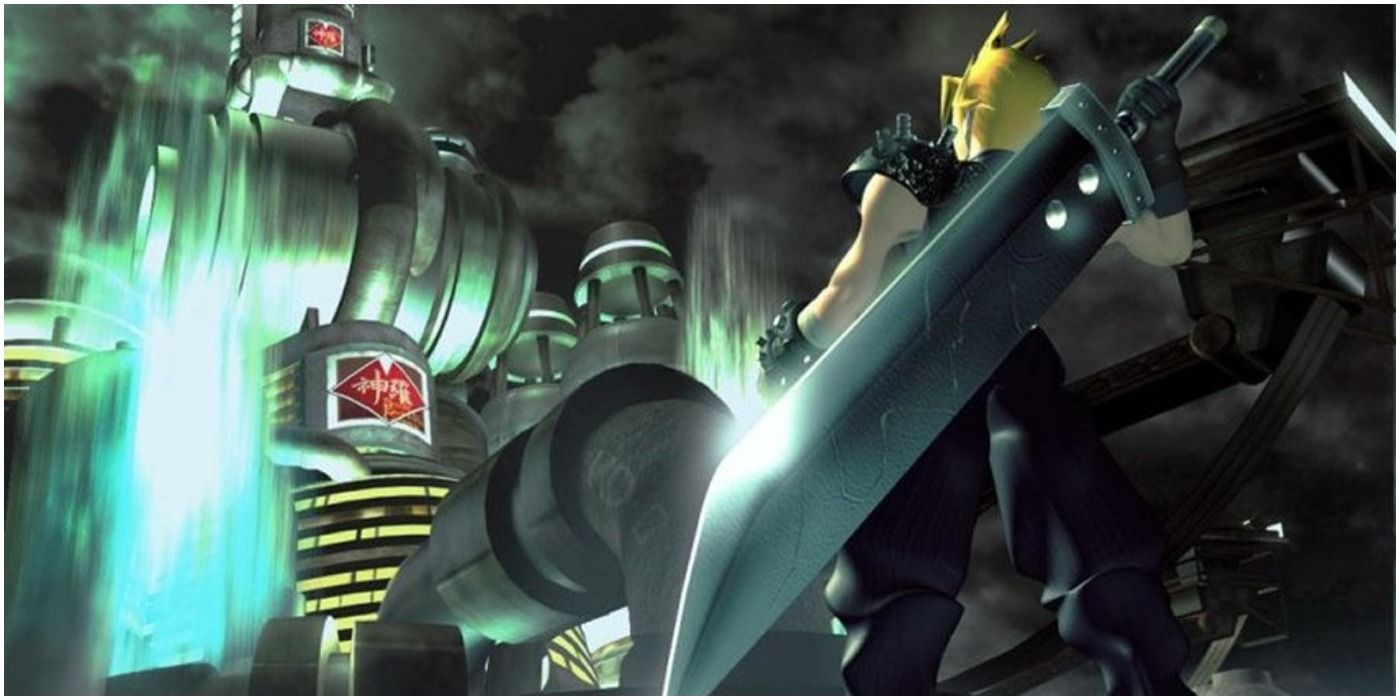The original Final Fantasy VII is considered one of the greatest video games of all time, and for good reason. The RPG manages to tell a mature story that’s only become more poignant with time, all while featuring some of the best game design in the medium. Final Fantasy VII is the rare game that really does live up to the hype.
Needless to say, any remake was always going to live in the original’s shadow. Final Fantasy VII Remake is a good action RPG in its own right, but its episodic nature and strange narrative deviations have already ensured the remake will never capture the same frenzy as the original. After years of waiting, Final Fantasy VII Remake is finally here, but it pales in comparison to the PS1 classic that started it all.
10 Actual Dungeon Design
Believe it or not, but there was a time where the Final Fantasy franchise employed actual level design for dungeons and towns. Nowadays, everything’s just a series of hallways with the illusion of freedom (Midgar is a joke to explore in the Remake.) The original FFVII had some of the strongest dungeon design in the genre– from Shinra HQ, to Temple of the Ancients, and the North Crater.
To the Remake’s credit, Shinra HQ is remade fairly well, putting its own spin on things, but it still ends up being too linear in the long run. Final Fantasy VII (1997) values the player’s freedom above all else, whereas Final Fantasy VII Remake wants to hold their hand so they don’t miss any of the pretty graphics along the way.
9 Good Pacing
Along with strong level and dungeon design, Square used to have a knack for pacing. Virtually all of their games between the SNES and PS1 eras strike a strong balance between gameplay & story. Final Fantasy VII (1997) is an incredibly well paced game, consistently using smaller set pieces to build up to longer, meatier events or dungeons.
In expanding 6 hours of gameplay for a full length game, Final Fantasy VII Remake winds up with a lot of bloat. Every chapter is around an hour and a half minimum, which is frankly insane for areas like the Train Graveyard and Sewers which were very short in the original. This is a remake meant to expand the minutiae of FFVII, but there comes a point where “detail” becomes padding.
8 Red XIII As A Party Member
Considering Red XIII is introduced in the penultimate chapter, it does make sense to some extent as to why Square kept him a guest party member. The player is nearing the end of the game at this point, there’s no real need to throw in an entirely new play style. All the same, Chapters 17 and 18 can push a good 5 hours– even more considering the former hosts the VR battle simulator.
The only justifiable reason for excluding Red XII in this case would be that the dev team ran out of time… but wasn’t the point of making the remake episodic to ensure everything good get remade perfectly? As is, Red XIII does not feel like a core member of the party like in the original game. Which is a pity as he’ll be quite important in Part 2.
7 Enemies To Fight
The modern gamer loves to rag on random encounters, but when the alternative is exploring an overworld with virtually nothing to fight, it’s important to take a step back and remember what video games offer as an art form: interconnectivity. Random battles not only gave players something to do in the original FFVII, they allowed for constant, non-stop personal progression.
This is simply not the case in Final Fantasy VII Remake. Enemies appear on the overworld now, but they hardly ever respawn and they’re often few & far between. Chapter 14 lets the party explore most of Midgar in one connected burst, and it’s a hollow experience with hardly any enemies to fight.
6 President Shinra’s Death
Perhaps more than anything, the original Final Fantasy VII knew how to set a mood. The lead up to President Shinra’s death is one of the crowning moments in the game’s early story. Players follow a trail of blood and find themselves facing the man they’ve been hunting down– dead already. It’s a chilling moment that shows the audience Sephiroth is lurking in the shadows.
The remake butchers this completely. Rather than a trail of blood, Cloud follows some JENOVA jelly. This time around, the Shinra President isn’t even dead. Barret confronts the President, which could have been a potentially compelling scene, but he’s forced to spare him with no boss fight only for the President to die off-screen.
5 A Subtler Sephiroth
The original Final Fantasy VII handles Sephiroth’s build-up with a lot of care. He’s someone who’s mentioned periodically, with quite an importance to both Cloud and Tifa, but why exactly is obscured. Even by the end of the game, players are still being drip-fed information about Sephiroth, fleshing out his character and relationship to JENOVA.
Final Fantasy VII Remake starts making use of Sephiroth right from the get-go. From both his iconography to his iconic final boss theme One Winged Angel, there is zero subtlety (or substance) when it comes to the remake’s depiction of Sephiroth. Sephiroth effectively went from one of the franchise’s best written villains to one of its worst.
4 Midgar’s Extreme Pollution
The original Final Fantasy VII makes use of a varied color palette and is ultimately an incredibly vibrant game full of life, but Midgar stands out as a dreary piece of architecture. FFVII (1997) gives off the impression that next to no light makes it down into the Slums, lending an impression of perpetual darkness. Better yet, the backgrounds’ watercolor aesthetic helps lend a faded, aged quality to the entire overworld.
In making Midgar more realistic, Final Fantasy VII Remake tries to model it after real world slums. There’s a Favela quality to the Sector 7 Slums, but this emphasis on realism has also resulted in a visual style that fails to convey how extremely polluted Midgar has become under Shinra’s control.
3 Death Having Consequence
What makes Final Fantasy VII (1997) stand out amongst its contemporaries in particular is how it tackles death. With an incredible amount of tact and respect, FFVII does not shy away from the reality of death. The members of AVALANCHE unceremoniously die, Aerith is killed with no chance for closure, and the ending even suggests mankind was wiped out– deemed harmful towards the planet.
With the magic of alternate timelines (maybe,) Final Fantasy VII Remake suggests that the party has walked into a world where fate has been changed– Sector 7 is fine, everyone in AVALANCHE actually survived the pillar, and even Zack Fair is still kicking. It’s a surprising ending, but one that removes virtually all the weight present in FFVII.
2 Zack’s Original Death
Beyond Zack not dying, it’s worth noting that Final Fantasy VII Remake is using Crisis Core as its basis for Zack Fair’s last stand, not the original Final Fantasy VII. In Crisis Core, Zack takes on enemy after enemy as he tries to keep Cloud alive. It’s a heart wrenching ending that results in Zack dropping dead from his wounds.
The original FFVII is far less glamorous. Gunned down by Shinra soldiers like he’s nothing, Zack goes down like any ordinary person. Cloud is left beside him to rot, waking up hours later unable to process everything that’s happened to him. It’s not as climactic, but it’s more in-line with the original’s tone and themes.
1 The Rest Of The Game
Turning Midgar into its own game was always going to be a terrible idea. Even fleshing out everything Midgar has to offer– capitalizing on its atmosphere and aesthetic– the original Final Fantasy VII was already perfectly paced. Midgar was six hours because that’s all it needed to be. Not only does stretching it out do Midgar no favors, Part 1 cuts out before FFVII starts really getting good.
After leaving Midgar, the party finally get to explore the overworld and Kalm even features some incredibly important flashbacks that help contextualize the next arc of the game. In no world whatsoever did Final Fantasy VII have to be remade this way, and it’ll only hurt the complete remake in the long run.

